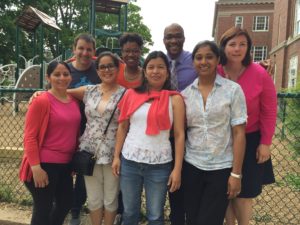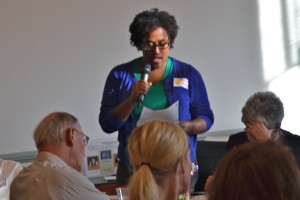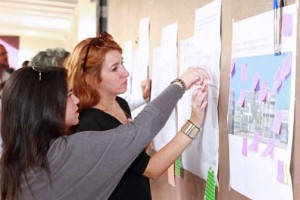
Washington, D.C.
Founded in 2016, Kindred builds trusting relationships between families of diverse socioeconomic and racial backgrounds within early childcare centers and elementary schools to create an
Reach out to our team by using the “Get started” button below to schedule a call and to receive details about our offerings or free resources.

Founded in 2016, Kindred builds trusting relationships between families of diverse socioeconomic and racial backgrounds within early childcare centers and elementary schools to create an

The Columbus, Indiana Community Area Sustained Dialogue, now completing two full years of monthly sessions, focuses its work on identifying and addressing obstacles to and

For almost a year in 2014, a diverse group of stakeholders in the controversial education reform movement in Puerto Rico requested SDI associate Ramon Daubon’s